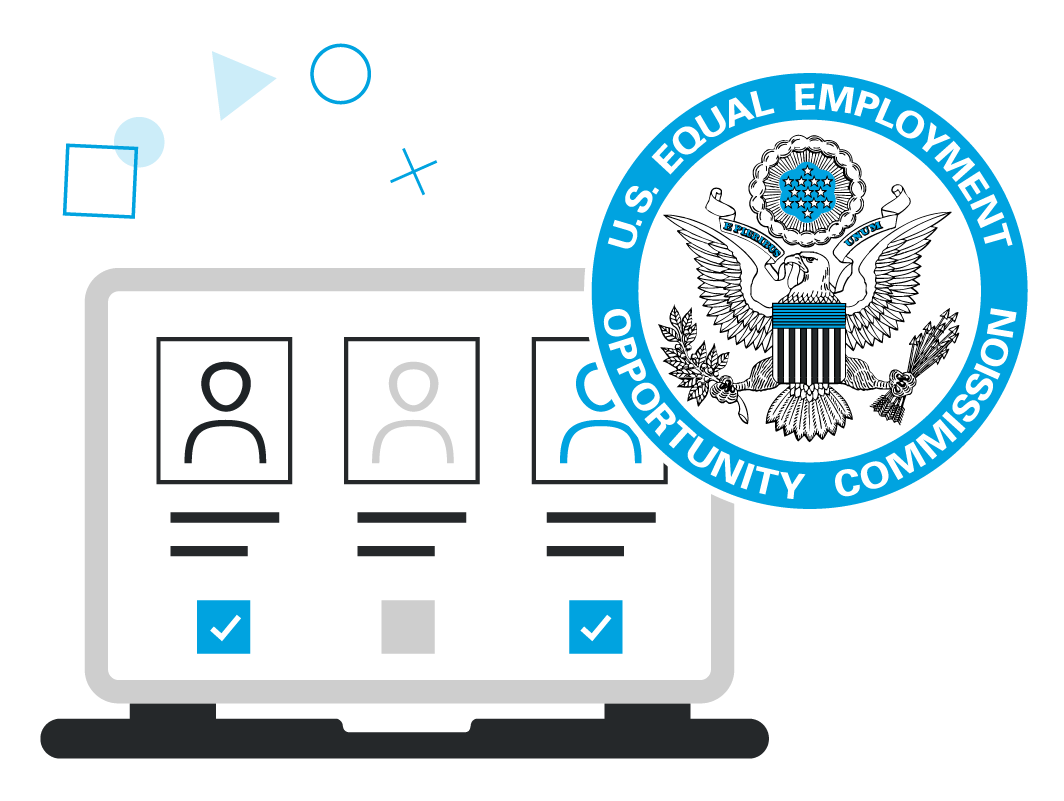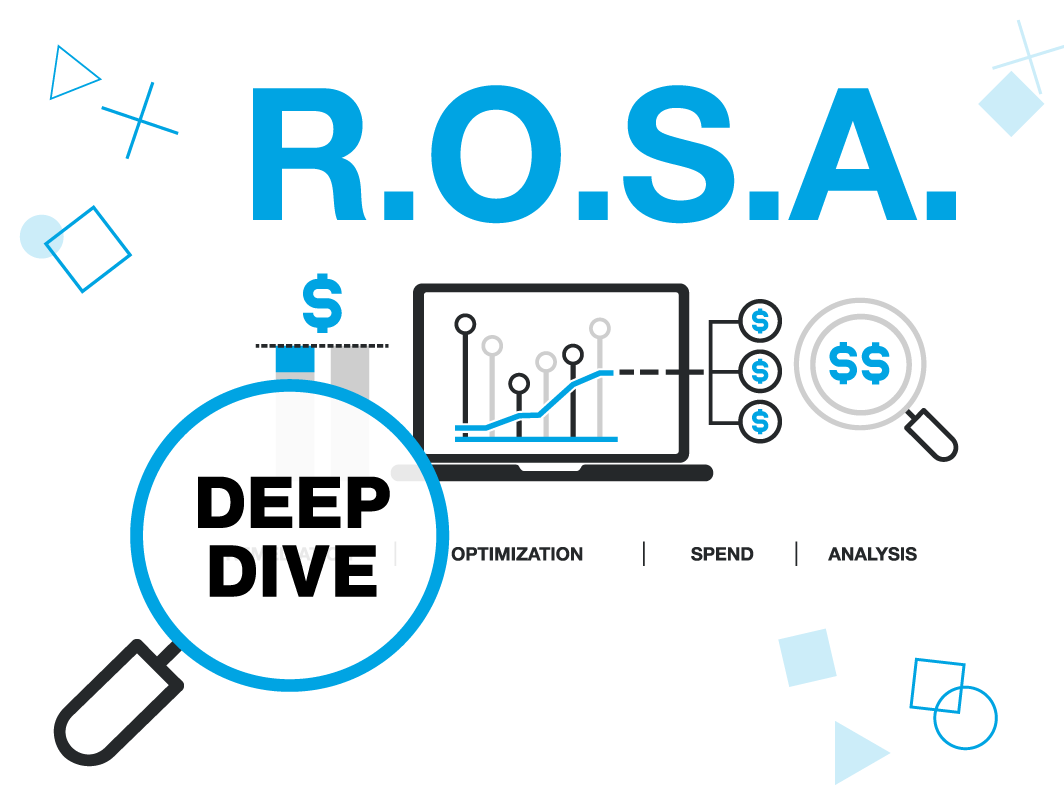
![]()
As time goes by, it’s becoming clear just how important environmental, social, and governance (ESG) goals are for employers. Accurately measuring your ESG progress is only part of the solution.
Like most business processes, companies look to Key Performance Indicators (KPIs) to measure progress towards goals and objectives. The issue is that employers are focusing too much on the data that goes into the dashboard and less about the thought behind it.
A recent post by the Harvard Business Review discusses the challenges associated with measuring ESG goals and what steps companies should take to effectively create change that focuses more on meaning and less on quantifiable numbers.
Take a closer look at the issues most relevant to your company’s operations.
It sounds like something you might do anyway, but when you focus on the particular activities that your organization regularly engages in, you may be able to identify the root of the problem. Rather than attempt to measure your progress towards fixing the issue, you’re honing in on what the problem is specifically.
The article encourages employers to focus on their processes before developing a conclusion based merely on the data. The example the article gives is when Nike was criticized for its worker labor practices during the ‘90s. The company proceeded by interviewing nearly 70,000 workers to hear first-hand what their experiences were. To really identify the issue, Nike took into consideration every perspective and evaluated the process.
Look outside your own processes.
With a broader approach to your ESG goals and initiatives, you can develop a strategy for the long term. To quote the article directly, “Zooming out demands significant engagement beyond organizational boundaries, which should also tap diverse perspectives, enabling a company to learn from and with others on collaborative approaches to systemic issues.”
By looking outside your own activities, it’s possible for organizations to tackle issues while partnering with other organizations that share the same ESG goals. The example the article gives relates to climate change. The focus has been on carbon emissions but just as important is the water crisis. It isn’t enough to simply say your business is working towards climate change. Companies need to align their efforts to meet ESG goals based on the space they work in and say how you’re dealing with the issue. If you’re an automobile manufacturer, you can focus on reducing carbon emissions by creating hybrid cars.
Establish Valuable Goals That Are Less Self-Serving
Companies set KPIs for measuring their progress towards goals, whether it be to increase sales, improve customer satisfaction, or maximize profit. While these are important goals to set, employers should also focus on being more sustainable and working toward goals that provide societal benefits.
The article draws attention to BP. The company sold its petrochemicals business, which in turn reduced its environmental footprint, and yes their ESG measures and data showed that they had. But in truth, the problem still exists. Simply selling the business to another company means the burden falls on another company and the issue remains. Arguably the most important step is to set goals that activate real change.
There are two takeaways that employers should walk away from: First, focus on measuring what your organization can do to improve the environment and society. Establish goals that are pure, easy to understand, and construct measurements around what you can control.
After you identify where the measurements show poor performance and where the issues lie, perform systemic root cause analysis to address the underlying reasons for the poor performance in these areas and then use these measurements to continue to monitor and improve in these areas, keeping in mind the systemic root cause.
Second, focus on measuring ESG criteria that address systemic issues that are going to eliminate the problem from occurring in the future. Consider the big picture, focus on your core activities, and establish goals that benefit more than just your organization. An example of this is the Federal Equal Pay Act. While the law has been around for over 60 years now, pay inequity still exists. And a reason for that comes down to the lack of accountability. To prevent this, implement measures that are going to actuate change and keep you honest about your goals when measuring your ESG criteria.
The goal behind ESG measures is that it will force organizations to measure their progress, have their measurements audited by independent third parties (such as with financial statements) and disclose the results to the public. When the stakes are high, organizations will have to back up their ambitious ESG proclamations with supporting data.
Currently, the gap between ESG efforts and expectations is becoming more apparent and with governments, investors, and litigators making ESG a priority, organizations should be thoughtful and careful in their environmental, sustainability, and governance goal planning and execution.
An area of ESG that is seeing a lot of activity is pay equity. Pay equity is strongly interconnected with diversity, equity, and inclusion (DEI), and focuses on resolving issues related to the fairness of compensation for employees that perform similar work. Current legislation and social movements across the country are actively working towards closing the gender wage gap and ending pay discrimination in the workplace.



